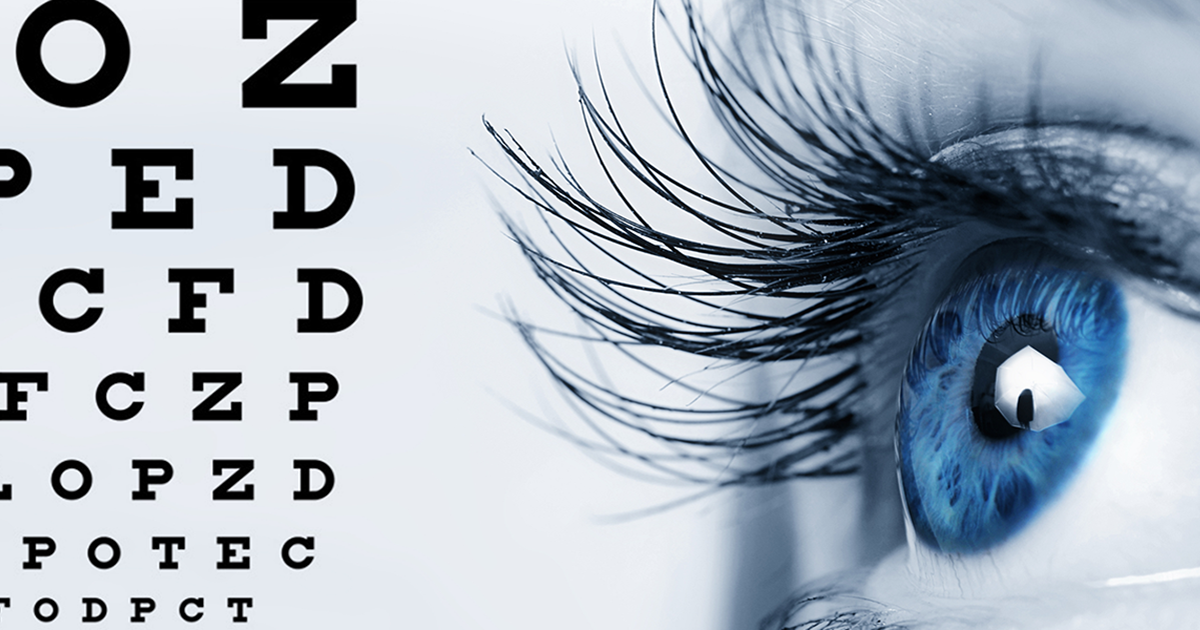Professional Glaucoma Service Near Me: Advanced Therapy Options
Professional Glaucoma Service Near Me: Advanced Therapy Options
Blog Article
The Role of Advanced Diagnostic Devices in Identifying Eye Disorders
In the world of ophthalmology, the utilization of innovative diagnostic tools has actually reinvented the early recognition and monitoring of different eye conditions. As the demand for accurate and prompt medical diagnoses continues to grow, the assimilation of advanced tools like optical coherence tomography and aesthetic field screening has become essential in the realm of eye care.
Significance of Very Early Diagnosis
Early diagnosis plays a crucial function in the efficient management and therapy of eye conditions. By spotting eye problems at a very early stage, medical care suppliers can provide appropriate therapy plans tailored to the specific problem, eventually leading to better results for patients.

Innovation for Discovering Glaucoma
Advanced diagnostic modern technologies play a critical duty in the very early detection and surveillance of glaucoma, a leading root cause of permanent blindness worldwide. One such modern technology is optical coherence tomography (OCT), which provides detailed cross-sectional photos of the retina, enabling for the measurement of retinal nerve fiber layer density. This measurement is essential in analyzing damages brought on by glaucoma. Another sophisticated tool is aesthetic field testing, which maps the level of sensitivity of an individual's visual area, aiding to find any type of areas of vision loss feature of glaucoma. Furthermore, tonometry is made use of to measure intraocular pressure, a significant danger element for glaucoma. This examination is crucial as elevated intraocular stress can result in optic nerve damages. Newer modern technologies like the usage of synthetic intelligence algorithms in assessing imaging information are showing appealing outcomes in the early detection of glaucoma. These sophisticated diagnostic devices make it possible for eye doctors to identify glaucoma in its onset, enabling for timely intervention and better management of the disease to avoid vision loss.
Function of Optical Coherence Tomography

OCT's capacity to quantify retinal nerve fiber layer thickness permits for precise and objective dimensions, assisting in that site the early detection of glaucoma also prior to aesthetic field flaws come to be apparent. Generally, OCT plays an essential duty in enhancing the diagnostic accuracy and administration of glaucoma, inevitably contributing to better end results for individuals at risk of vision loss.
Enhancing Diagnosis With Visual Area Screening
An important element in detailed ocular analyses, visual field testing plays a critical function in improving the diagnostic procedure for different eye problems. By analyzing the complete level of a person's visual area, this examination gives important info regarding the practical stability of the whole aesthetic pathway, from the retina to the visual cortex.
Visual field testing is particularly beneficial in the diagnosis and monitoring of problems such as glaucoma, optic nerve conditions, and different neurological diseases that can influence vision. Via measurable measurements of peripheral and main vision, medical professionals can discover subtle changes that might suggest the presence or progression of these problems, even before recognizable signs and symptoms happen.
Additionally, visual area testing enables the surveillance of treatment efficacy, aiding ophthalmologists customize restorative interventions to specific clients. eyecare near me. By tracking adjustments in aesthetic field efficiency in time, doctor can make enlightened decisions concerning changing drugs, suggesting medical interventions, or implementing other appropriate procedures to preserve or boost a client's aesthetic function
Handling Macular Degeneration

Final Thought
Finally, progressed analysis tools play a vital duty in recognizing eye disorders early. Technologies such as Optical Comprehensibility Tomography and visual area screening have actually significantly enhanced the accuracy and effectiveness of identifying conditions like glaucoma and macular degeneration. Early detection permits timely treatment and monitoring of these problems, inevitably causing much better results for individuals. It is important for health care specialists to remain updated on these developments to supply the very best feasible care for their patients. eyecare near me.
Report this page